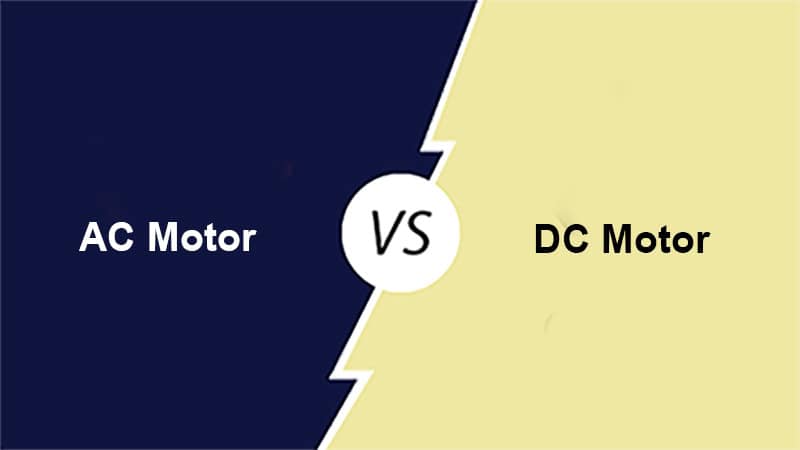The physical phenomenon of heat energy getting exchanged across two systems via energy dissipation is known as heat transfer. The main aspects of heat exchange are temperature and heat flux. Temperature determines the quantity of thermal energy input, and heat flow signifies heat energy transfer.
The kinetic energy of particles is directly related to thermal energy on a tiny scale. The particles become more agitated as the temperature rises, resulting in linear movement and vibrations.
Energy is transferred from higher-kinetic-energy regions to lower-kinetic-energy regions. Temperature differences can be classified into conduction, convection, and radiation.
Conduction vs Convection vs Radiation
The main difference between conduction, convection, and radiation is that heat transfer is through direct contact in conduction. In contrast, in convection, the movement of the molecules is involved in heat transfer. On the other hand, radiation is the process of dissipating heat via electromagnetic waves.

Direct molecular collision is how conduction transmits heat. Heat energy will be transferred from an area with elevated kinetic energy to an area with inadequate kinetic energy. Particles with a faster speed will contact molecules with a slower speed. As an outcome, the kinetic energy of the slower-moving particles will grow.
When a medium, like air or liquid, is exposed to heat and moves away from the source, the thermal energy is carried with it. Convection is the term for this form of heat transmission. A hot surface causes the fluid over it to expand, become less dense, and elevate.
The dispersion of electromagnetic waves produces thermal radiation. The energy is carried away from the generating object by these waves. Radiation can occur in a vacuum or via any clear substance. The radiation is a direct consequence of randomly moving atoms or molecules.
Comparison Table Between Conduction, Convection, and Radiation
| Parameters of comparison | Conduction | Convection | Radiation |
| Definition | The conduction is a physical process in which the heat transfers by the connection between the two surfaces. | The convection is the process in the heat energy transfer in the fluids. | The radiation process transmits heat energy in electromagnetic waves without touching any two surfaces. |
| Occurrence | It occurs in solids by the collision of atoms or molecules inside it. | It occurs in fluids that are liquids and gases. | It can occur anywhere and does not need any medium. |
| Transfer of heat | It needs solid substance for heat transfer. | It needs fluids. | It uses electromagnetic waves. |
| Speed | It a slow process | It is slow process | It is a fast process |
What is Conduction?
Conduction is the process that permits heat transfer across materials due to temperature differences among adjacent sections of material. It occurs when the temperature of the particles of matter rises, causing intense vibrations.
The particles make contact with atoms and molecules, causing them to vibrate, transporting heat energy to nearby parts of the item.
Conduction is the movement of energy from the hottest to the coldest object once two surfaces are in direct touch. Moreover, conductors are items that allow heat to pass through them readily.
What is Convection?
Convection is a type of heat transfer that happens only in fluids and is caused by the genuine movement of materials. The term “fluid” refers to any medium in which molecules like liquids and gases can freely move from one location to another. It occurs naturally or perhaps even obtrusively.
Gravity plays a vital role in natural convection when a fluid is heated from underneath, causing the hotter component to expand.
The hotter material increases rapidly to buoyancy because it is less heavy. In comparison, the colder material tries to replace this by sinking to the bottom due to increased density; thus, the trend repeats. When a substance is heated by convection, the molecules scatter and move away.
What is Radiation?
Radiation is a heat transfer process that does not involve using a mediator. It involves the movement of energy in waves that do not require the passage of molecules. For transfer heat, the objects do not have to be in close touch with each other.
Radiation causes you to feel warm even though you are not touching the subject. Furthermore, pigment, surface orientation, and other surface qualities significantly impact radiation.
This procedure conveys the energy via electromagnetic waves, called radiant energy. Warm objects in a colder environment emit thermal energy. Radiant energy can move from its origin to colder surroundings.
Solar radiation, which we receive from the sun despite its distance, is the most remarkable example of radiation.
Main Differences Between Conduction, Convection, and Radiation
- Conduction is the physical transport of heat in solids, convection is the movement of heat among fluids, and radiation is the heat transfer process via electromagnetic waves.
- Conduction occurs in solids, convection occurs in liquids and gases, and radiation occurs in all states of matter, even in a vacuum.
- Conduction is slower than convection, which is faster than radiation.
- Conduction and convection don’t follow the rule of refraction and reflection, whereas radiation does.
- The difference in temperature causes conduction heat transmission, whereas convection is caused by differences in density, and temperatures above 0 K cause radiation.
- Conduction happens in solids as a result of molecular collisions. In contrast, convection happens in fluids due to molecule flow, and radiation happens in space even without a heat exchanger.
Conclusion
So, heat is the transfer of energy from one system to another caused by a temperature differential, which can occur in the following methods: conduction, convection, and radiation.
Thermodynamics is the science that studies heat transmission and the transformations that occur due to it. The heat flux from a hotter to a colder region is called conduction. Convection is the heat transfer that occurs when a fluid moves up and down. When heat flows across empty space, it is called radiation.
These types of heat transmission are frequently misunderstood, yet they rely on various physical interactions to transmit energy.




















